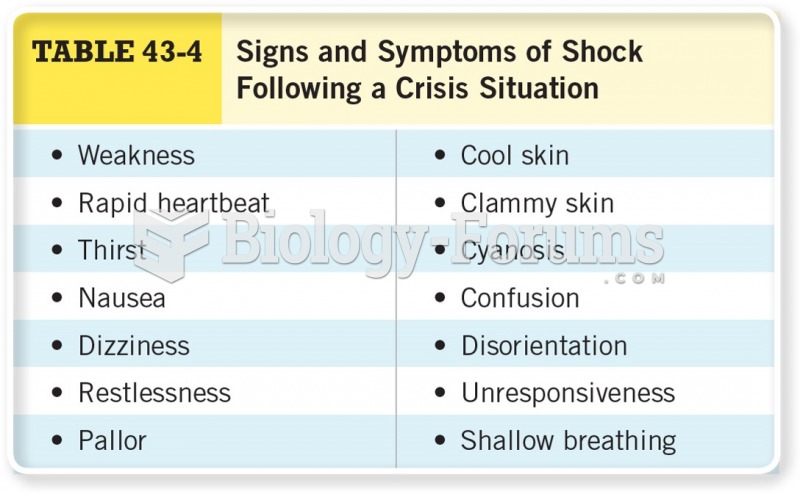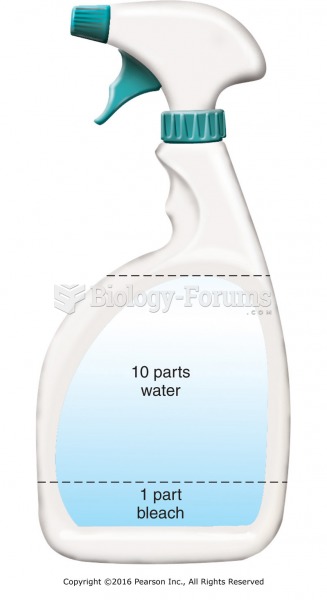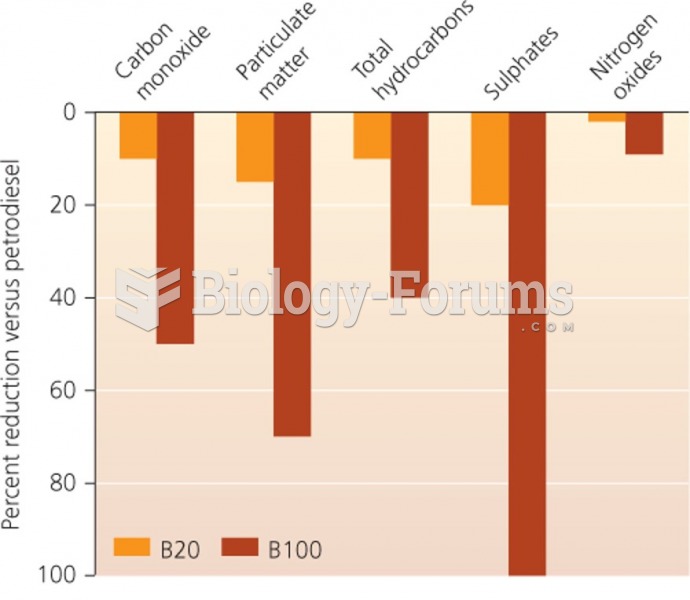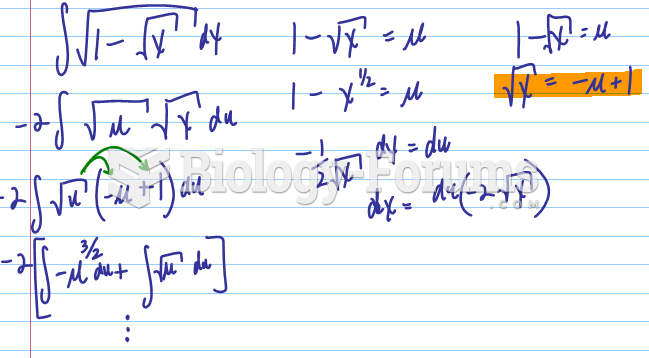Answer to Question 1
T
Answer to Question 2
Performance Standards: Several standards can be developed to measure a salesperson's performance. Some standards apply only to individual efforts, whereas others assess both individual and total sales-force effort.
Conversion Rate: The conversion rate is the percentage of all shoppers who make a purchasethat is, who are converted into customers. This is a measure of the sales force's performance. A poor conversion rate can be caused by a variety of factors. Poor training is the underlying reason for poor sales. A low conversion rate might also have been due to factors beyond the salesperson's control, such as inadequate merchandise levels.
Sales per Hour: Perhaps the most common measure of sales-force performance is sales per hour. Sales per hour is computed by dividing total dollar sales over a particular time frame by total salesperson or sales-force hours. A retailer can compute this simple measure for each salesperson, any group of salespeople, or the entire sales force. It can also be computed for various days, weeks, or months. When employing this measure, standards should be specific to the group or person being evaluated for a particular time period.
Use of Time: Standards can be developed for how salespeople should spend their time. A salesperson's time can be spent in four ways:
Selling time is any time spent assisting customers with their needs. This could be time spent talking, demonstrating a product, writing sales receipts, or assisting the customer in other potentially revenue-generating ways.
Nonselling time is any time spent on nonselling tasks such as marking or straightening up the merchandise.
Idle time is time the salesperson is on the sales floor but is not involved in any productive work.
Absent time occurs when the salespeople are not on the sales floor. They may be at lunch, in the employee lounge, in another part of the store, or in some inappropriate place.
The retailer may develop standards for each of these ways to spend time. Any deviation from these standards should be investigated, and corrective measures should be taken if necessary.







